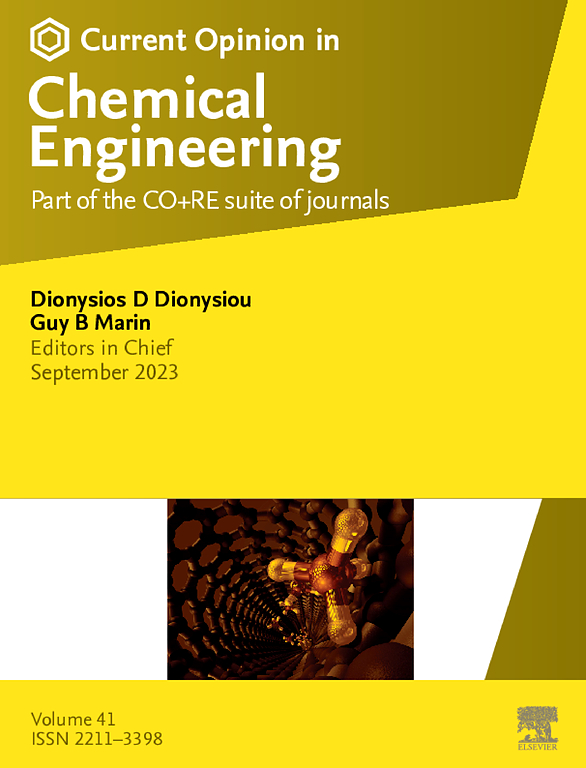Advances in applying sustainable materials and manufacturing scale-up in polymeric membrane fabrication
IF 6.8
2区 工程技术
Q1 BIOTECHNOLOGY & APPLIED MICROBIOLOGY
引用次数: 0
Abstract
Next-generation polymeric membranes must be derived from more environmentally friendly materials that have similar solubility and miscibility properties as their predecessors to form permeable and selective membranes. Bio-derived polymers, recycled plastics, and eco-friendly solvents have been demonstrated to produce membranes with similar permeability and selectivity as conventional counterparts, though matching membrane durability and cost-effectiveness remain as future research challenges. Slot die coating and 3D printing have been demonstrated to show the scalability of membrane fabrication. Life cycle assessments have become valuable tools in estimating the total environmental impacts of the manufacturing process and characterizing the sustainability of new materials. Recent advances have shortened the gap between materials innovation research and commercial application.
可持续材料在聚合物膜制造中的应用及规模化生产进展
下一代聚合物膜必须从更环保的材料中衍生出来,这些材料具有与它们的前辈相似的溶解度和混溶性,以形成可渗透和选择性膜。生物衍生聚合物、再生塑料和环保溶剂已经被证明可以生产出与传统膜具有相似渗透性和选择性的膜,尽管如何匹配膜的耐久性和成本效益仍是未来研究的挑战。槽模涂层和3D打印已经证明了膜制造的可扩展性。生命周期评估已成为估计制造过程的总环境影响和表征新材料可持续性的宝贵工具。最近的进展缩短了材料创新研究与商业应用之间的差距。
本文章由计算机程序翻译,如有差异,请以英文原文为准。
求助全文
约1分钟内获得全文
求助全文
来源期刊

Current Opinion in Chemical Engineering
BIOTECHNOLOGY & APPLIED MICROBIOLOGYENGINE-ENGINEERING, CHEMICAL
CiteScore
12.80
自引率
3.00%
发文量
114
期刊介绍:
Current Opinion in Chemical Engineering is devoted to bringing forth short and focused review articles written by experts on current advances in different areas of chemical engineering. Only invited review articles will be published.
The goals of each review article in Current Opinion in Chemical Engineering are:
1. To acquaint the reader/researcher with the most important recent papers in the given topic.
2. To provide the reader with the views/opinions of the expert in each topic.
The reviews are short (about 2500 words or 5-10 printed pages with figures) and serve as an invaluable source of information for researchers, teachers, professionals and students. The reviews also aim to stimulate exchange of ideas among experts.
Themed sections:
Each review will focus on particular aspects of one of the following themed sections of chemical engineering:
1. Nanotechnology
2. Energy and environmental engineering
3. Biotechnology and bioprocess engineering
4. Biological engineering (covering tissue engineering, regenerative medicine, drug delivery)
5. Separation engineering (covering membrane technologies, adsorbents, desalination, distillation etc.)
6. Materials engineering (covering biomaterials, inorganic especially ceramic materials, nanostructured materials).
7. Process systems engineering
8. Reaction engineering and catalysis.
 求助内容:
求助内容: 应助结果提醒方式:
应助结果提醒方式:


